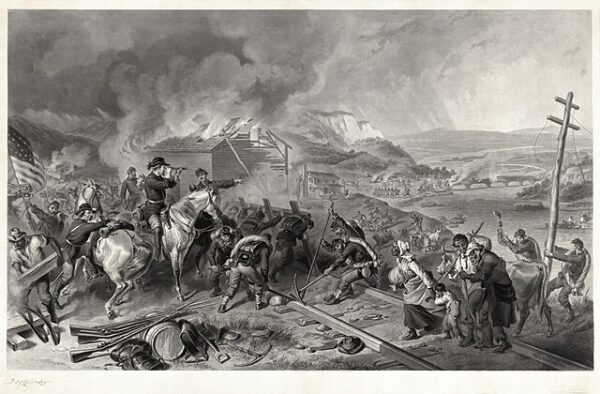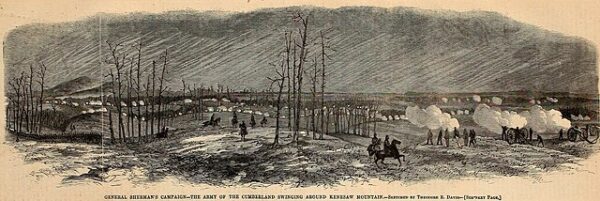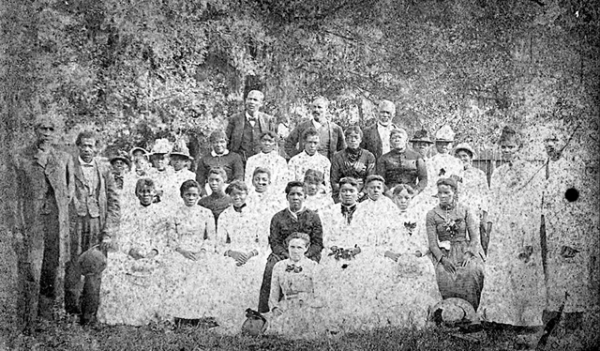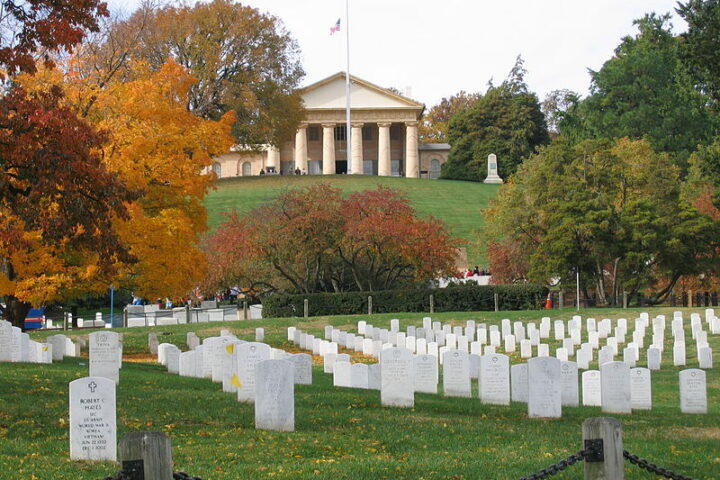Sherman’s March to the Sea was a military campaign conducted by Union General William Tecumseh Sherman during the American Civil War. The campaign took place from November 15 to December 21, 1864, and it was a significant and controversial aspect of the Union’s strategy. Sherman’s goal was to cut a path of destruction through the heart of the Confederacy, from Atlanta to Savannah, crippling the South’s ability to wage war.
Sherman believed that the Confederacy derived its strength not from its fighting forces but from the material and moral support of sympathetic Southern whites. Factories, farms and railroads provided Confederate troops with the things they needed, he reasoned; and if he could destroy those things, the Confederate war effort would collapse. Meanwhile, his troops could undermine Southern morale by making life so unpleasant for Georgia’s civilians that they would demand an end to the war, writes The History Channel.
To that end, Sherman’s troops marched south toward Savannah in two wings, about 30 miles apart. On November 22, 3,500 Confederate cavalry started a skirmish with the Union soldiers at Griswoldville, but that ended so badly–650 Confederate soldiers were killed or wounded, compared to 62 Yankee casualties–that Southern troops initiated no more battles. Instead, they fled South ahead of Sherman’s troops, wreaking their own havoc as they went: They wrecked bridges, chopped down trees and burned barns filled with provisions before the Union army could reach them.
The Union soldiers were just as unsparing. They raided farms and plantations, stealing and slaughtering cows, chickens, turkeys, sheep and hogs and taking as much other food–especially bread and potatoes–as they could carry. (These groups of foraging soldiers were nicknamed “bummers,” and they burned whatever they could not carry.) The marauding Yankees needed the supplies, but they also wanted to teach Georgians a lesson: “it isn’t so sweet to secede,” one soldier wrote in a letter home, “as [they] thought it would be.”
Sherman’s troops arrived in Savannah on December 21, 1864, about three weeks after they left Atlanta. The city was undefended when they got there. (The 10,000 Confederates who were supposed to be guarding it had already fled.) Sherman presented the city of Savannah and its 25,000 bales of cotton to President Lincoln as a Christmas gift.Early in 1865, Sherman and his men left Savannah and pillaged and burned their way through South Carolina to Charleston. In April, the Confederacy surrendered and the war was over.
The march covered around 300 miles, and despite facing minimal opposition from Confederate forces, it showcased the effectiveness of total war. Sherman’s army, numbering around 60,000 men, successfully reached Savannah, Georgia, without major setbacks. Along the way, the campaign disrupted the Southern supply lines, hindered Confederate reinforcements, and demonstrated a new form of warfare that targeted both military and civilian infrastructure.
Sherman’s March to the Sea had a lasting impact on the Confederate war effort and the civilian population. The destruction caused economic hardship and weakened the Confederacy’s ability to sustain its military operations. The campaign is often remembered for its brutality and the psychological impact it had on both the South’s military and civilian population. While criticized by some for its harsh tactics, Sherman’s March to the Sea played a pivotal role in hastening the end of the Civil War by undermining the Confederacy’s ability to continue the fight.






